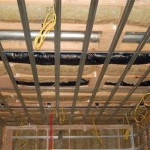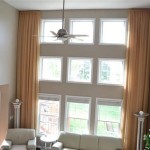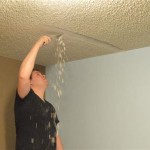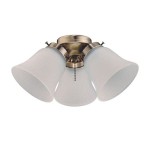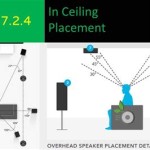Installing Insulation in a Basement Ceiling: A Comprehensive Guide
A well-insulated basement ceiling can significantly improve the energy efficiency of your home and create a more comfortable living space. It prevents heat loss in the winter, keeps cool air in during the summer, and reduces noise from above. This guide provides a comprehensive overview of how to install insulation in a basement ceiling, covering the necessary materials, tools, and steps involved.
Understanding Basement Ceiling Insulation
Insulation works by creating an air barrier, slowing down the transfer of heat from one area to another. For basement ceilings, insulation primarily helps prevent heat from the living spaces above from escaping into the colder basement. The type of insulation used depends on several factors, including the existing construction of the ceiling, accessibility, and budget. Common types of insulation for basement ceilings include:
- Fiberglass batts: These are readily available, relatively inexpensive, and easy to install between joists. They come in various thicknesses, depending on the desired R-value.
- Blown-in insulation: This type of insulation is ideal for hard-to-reach areas and irregularly shaped spaces. It is typically made of fiberglass or cellulose and is blown into the attic or crawl space using specialized machinery.
- Spray foam insulation: This insulation is applied as a liquid that expands and hardens, creating an air-tight seal. While more expensive, it offers excellent R-value and can be used in areas that require a strong air barrier.
- Rigid foam board: This type of insulation is often used for exterior walls and roofs but can also be installed in basement ceilings for added thermal resistance and moisture control.
Preparing for Basement Ceiling Insulation Installation
Before starting any insulation project, it's crucial to ensure a safe and efficient process. Here are some essential preparation steps:
- Safety precautions: Wear appropriate protective gear, including gloves, eye protection, and a dust mask, especially when working with fiberglass insulation. Ensure adequate ventilation for the work area.
- Clear the area: Remove any furniture, belongings, and other obstacles from the basement ceiling area to provide ample space for working.
- Check for existing insulation: Determine if there is any existing insulation and its condition. Existing insulation may need to be removed or supplemented depending on its R-value and condition.
- Inspect the ceiling for damage: Repair any cracks, leaks, or other damage to the ceiling before installing insulation.
Installing Fiberglass Batt Insulation in a Basement Ceiling
Fiberglass batt insulation is a common and cost-effective choice for basement ceilings. Here's a step-by-step guide for installing it:
- Measure the joist spacing: Determine the distance between your ceiling joists to select the correct width of insulation batts.
- Cut insulation to size: Use a utility knife or shears to cut the batts to fit snugly between the joists.
- Install batts between joists: Starting from one end of the ceiling, carefully slide the insulation batts into the spaces between the joists, ensuring they are compressed but not overly compressed.
- Secure the batts: Use staples or insulation clips to secure the batts in place. This helps prevent them from settling and creating gaps over time.
- Install vapor barrier: If necessary, install a vapor barrier on the warm side of the insulation to prevent moisture buildup within the insulation and potential damage to the ceiling.
Considerations for Other Insulation Types
While fiberglass batts are a common choice, other insulation types may be better suited to certain situations. For example, blown-in insulation can effectively fill uneven spaces and areas with obstacles. Spray foam insulation provides excellent air sealing and thermal resistance, making it ideal for areas with difficult shapes or where moisture control is a concern. Rigid foam boards can offer an additional layer of insulation and moisture protection.
Each type of insulation has its own installation process, and it's essential to consult the manufacturer's instructions for specific details. For more complex installations or specific requirements, it's advisable to consult with a licensed insulation contractor.

Should I Insulate My Basement Ceiling And Walls Aire Serv

How To Install Ceiling Insulation In A Basement Or Crawlspace Why You Should R30 R21 R19 R13 Youtube

A Guide On Basement Ceiling Insulation

Insulate A Basement Ceiling With Owens Corning Fiberglas

Insulate A Basement Ceiling With Owens Corning Fiberglas

Basement Insulation Upstate Spray Foam

How To Finish A Basement Diy

Proper Installation Of Kraft Faced Fiberglass Insulation Green Collar Roofing Exteriors

How To Cover Insulation In Basement Ceiling Barrier Energy

What Is Basement Ceiling Insulation And It Worth

